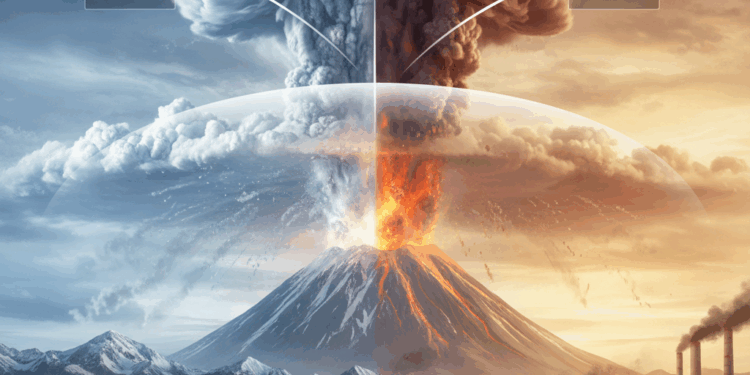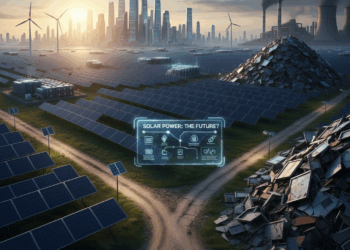Volcanoes have long been perceived as destructive geological forces, but their influence extends far beyond lava flows and ash clouds. They act as silent architects of the climate system,
altering atmospheric chemistry, global temperatures, and even agricultural productivity. Understanding their dual role as cooling agents and warming contributors is essential for
comprehending past and present climate dynamics.
Explosive eruptions can inject vast amounts of sulfur dioxide (SO■) into the stratosphere, where it reacts with water vapor to form sulfate aerosols. These particles scatter incoming solar
radiation, reducing the amount of sunlight that reaches Earth’s surface.
The 1991 eruption of Mount Pinatubo in the Philippines is a striking example. Satellite data confirmed that the eruption released nearly 20 million tons of SO■, forming a global aerosol
layer that cooled average surface temperatures by about 0.5 °C for nearly two years. While aerosols cool the Earth in the short term, volcanoes also emit greenhouse gases such as
carbon dioxide (CO■) and water vapor, which can contribute to long-term warming. Yet, the scale of volcanic CO■ output is relatively minor compared to human activities.
History offers striking case studies of volcanic climate influence. The 1815 eruption of Mount Tambora in Indonesia triggered what came to be known as the “Year Without a Summer.” In
Europe and North America, widespread crop failures led to famine and migration.
Today, satellites, ground-based observatories, and climate models enable scientists to monitor volcanic emissions and predict their potential impacts with increasing precision. The study of volcanic-climate interactions also informs geoengineering debates, though such proposals remain controversial.
Author: Marianna Petrillo

































